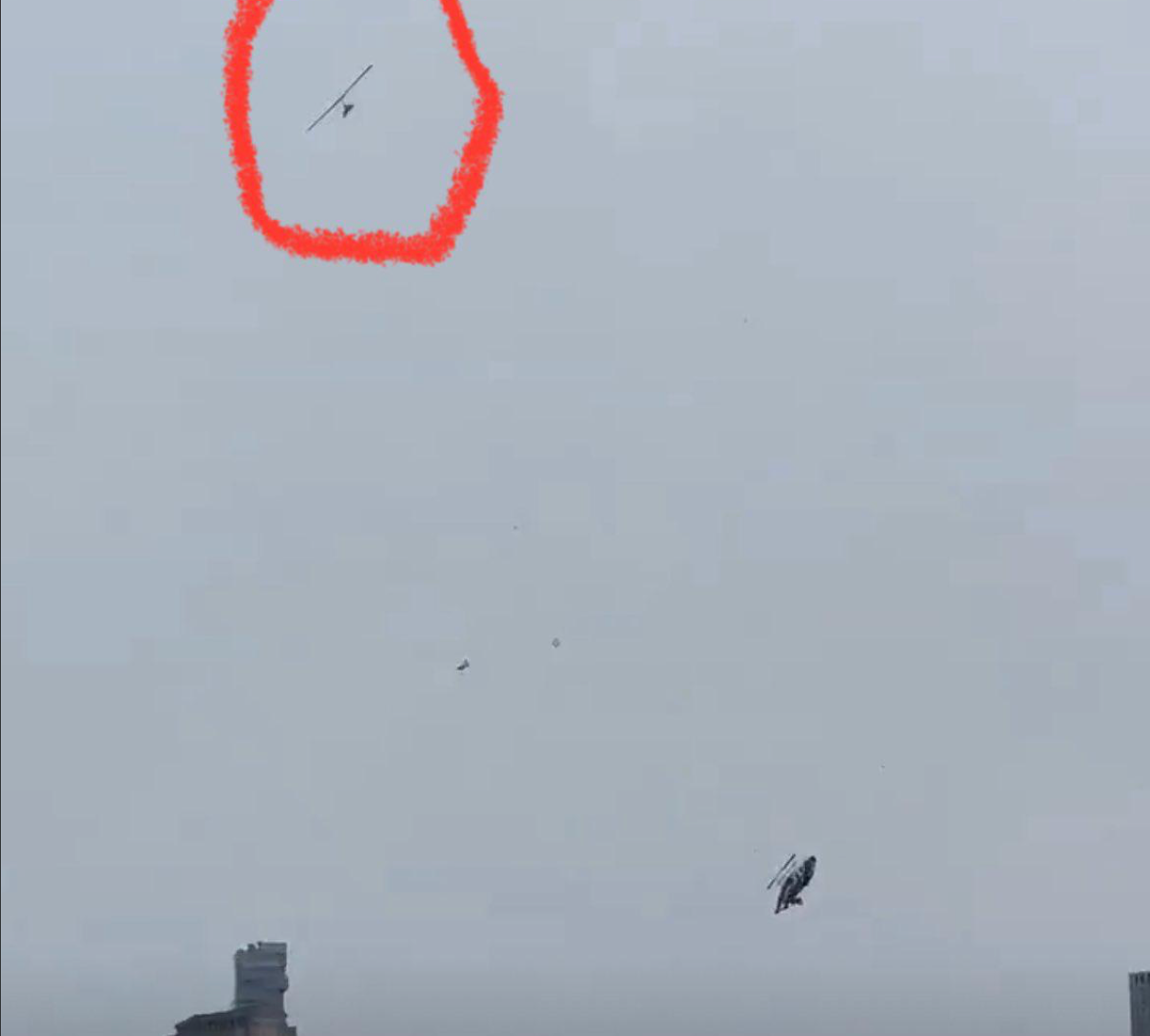General Aviation Accident Bulletin, August 22, 2022
AVweb’s General Aviation Accident Bulletin is taken from the pages of our sister publication, Aviation Safety magazine. All the reports listed here are preliminary and include only initial factual findings…

Aviation Safety Accident Bulletin
AVweb's General Aviation Accident Bulletin is taken from the pages of our sister publication, Aviation Safety magazine. All the reports listed here are preliminary and include only initial factual findings about crashes. You can learn more about the final probable cause on the NTSB's website at www.ntsb.gov. Final reports appear about a year after the accident, although some take longer. Find out more about Aviation Safety at www.aviationsafetymagazine.com.
May 9, 2022, Lehighton, Penn.
Diamond DA42 Twin Star
At about 1145 Eastern time, the airplane was substantially damaged during a forced landing when its pilots were unable to restart an engine after simulated one-engine-inoperative flight. The flight instructor, student pilot and pilot-rated passenger were not injured. Visual conditions prevailed.
While conducting a simulated engine-out drill, the pilots followed the checklist and secured the right engine. During the drill, the airplane descended “a few hundred feet.” Using the checklist, they then initiated the restart procedure, which “took some time to complete.” They slowly increased manifold pressure to keep shock cooling to a minimum, and as they advanced the throttle, it became apparent that the engine was not producing power and the propeller was only windmilling. They then performed the checklist again in an attempt to restore engine power, but without success.
At this point the airplane had descended to the ridge tops, and the flight instructor elected to perform a forced landing to a field. The touchdown was smooth and under control, but the airplane then slid into a ditch crossing the field and nosed over.
May 11, 2022, Broomfield, Colo.
Cessna 172N Skyhawk
The airplane was destroyed at about 1235 Mountain time when its pilot apparently lost control in the traffic pattern. The solo pilot sustained fatal injuries. Visual conditions prevailed.
After a local flight to a nearby airport followed by performing some flight maneuvers, the airplane returned to its base airport. The pilot performed one approach to Runway 12R and remained in the traffic pattern. The local controller instructed the pilot to widen his downwind leg before turning base for Runway 12R, due to traffic landing on Runway 12L. The controller then changed the landing to Runway 12L and cleared the pilot to land. The pilot performed a right turn to the base leg, and after being established on final for Runway 12L, the airplane abruptly turned north and rapidly descended, impacting an intersection about ½ NM northwest of the approach end of Runway 12L. A post-impact fire ensued.
May 11, 2022, Athens, GA
Piper PA-24-250 Comanche 250
At about 1853 Eastern time, the airplane was substantially damaged when it encountered terrain short of the intended runway after its pilot reported complete engine failure. The solo private pilot was fatally injured. Visual conditions prevailed.
The pilot had recently purchased the airplane and sought instruction to familiarize himself with the RayJay turbocharger system before flying home to Texas. Two days before the accident, the engine was not developing full power and manifold pressure was low. Maintenance personnel found a loose wire was grounding one of the magnetos. The next day, engine performance had improved, but it was still not producing adequate power. Maintenance personnel subsequently cleaned, gapped, tested and reinstalled the spark plugs and adjusted the mixture; manifold pressure increased to 26 inches Hg.
On the day of the accident, the airplane departed Louisburg, N.C., at about 1619 and flew generally southwest at between about 4000 to 5000 feet MSL for about two hours and 20 minutes. About 23 NM east of Athens, Ga., the airplane completed two circles to the right and then continued in a gradual descent toward Athens.
About seven miles east of the Athens airport, the pilot contacted ATC and was instructed to land on Runway 27. About a mile from the runway, the pilot declared an emergency and stated he had lost all engine power. The last track data was observed at 1852 as the airplane descended below about 200 feet AGL. The airplane came to rest about ¾ of a mile from the approach end of Runway 27.
Examination revealed the right magneto failed to produce spark and its hold-down nuts would grind when rotated; when disassembled, the shaft was off center due to impact.
This article originally appeared in the August 2022 issue of Aviation Safety magazine.
For more great content like this, subscribe to Aviation Safety!






